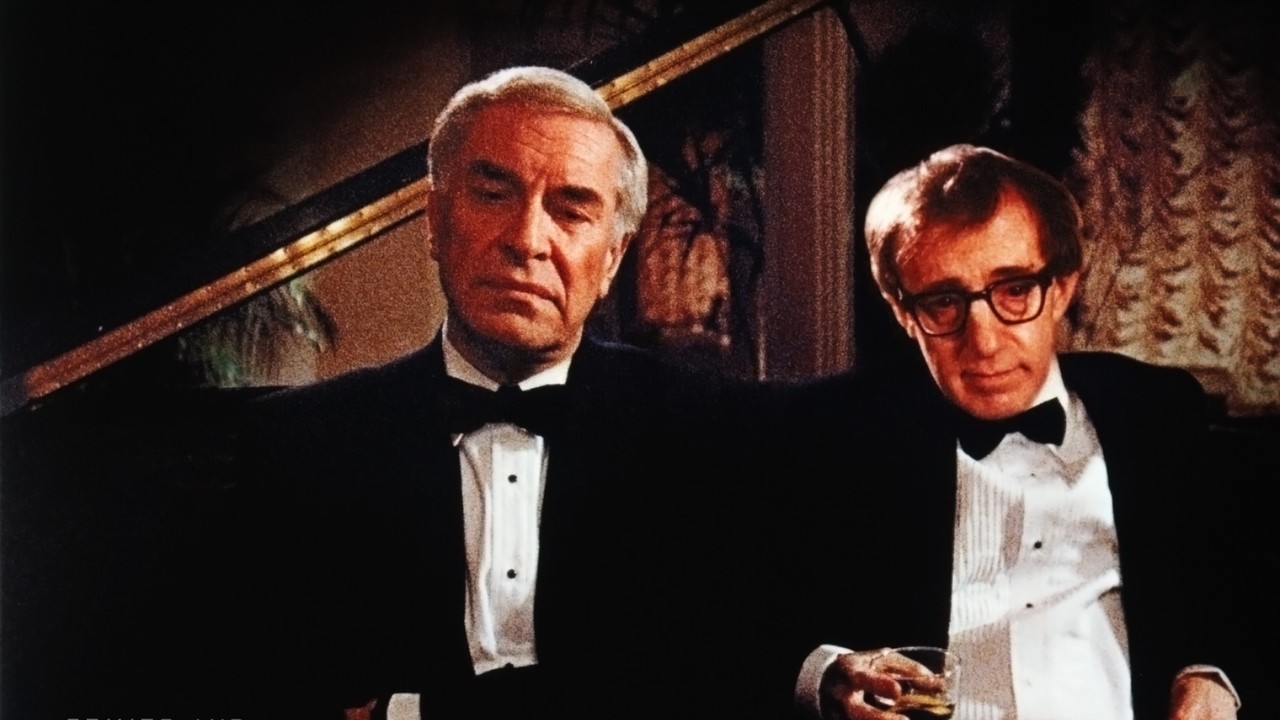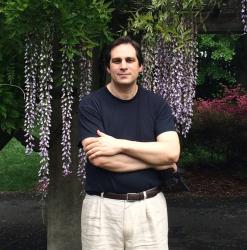Literary Hub is one of the most widely read websites devoted to literature and the arts. Recently, it completed a poll of the nation’s academic presses. Its aim was to find out which of the books they’re putting out they are proudest of. The resulting list is curious. Included are quite a few collections of the usual unreadable exercises in free verse. There are also a surprising number of graphic novels. Alongside these are some volumes on topics of interest to fewer people than compose a luge team. Among them are histories of the Canadian donut, an examination of the ecology of the dung beetle, and an inquiry into South African lawn design. There are also books on esoteric sports subjects, including an exhaustive study of American Indian basketball and one on gender politics in fantasy football, and a number of impressively obscure cultural histories (for example, a book on the “Golden Age” of children’s public television in Chicago).
What’s vital to understand is that these weren’t the books the academic presses saw as irrelevant or minor. They comprised the list of titles believed to be their most vital and important output.
I don’t mean to say by this that academic presses should be shuttered or that their catalogs of literary titles are all junk. They continue undoubtedly to put out important editions that commercial publishers ignore. For example, Princeton University Press is the issuer of Joseph Frank’s remarkable series of volumes detailing the life and writings of Fyodor Dostoevsky, and on the Literary Hub list are new biographies by Carl Rollyson of Sylvia Plath and William Faulkner. The presses also reissue previously out-of-print classics and offer us translations of lesser-known works by significant figures.
I bring all this up as a way of introducing Helene Meyers’ Movie-Made Jews: An American Tradition (Rutgers University Press). Ostensibly her subject is the presentation of Jews in American motion pictures and what this has done to form a Jewish identity. But her examination is curious and more an example of a problematic phenomenon than it is a title meriting attention on its own. The book reads a bit like a film studies doctoral thesis, which is to say that it mostly lacks a thesis. At the same time, it tells us much more about the world its author inhabits than it does about the world it seeks to explain and explore.
Meyers writes competently, which is not to say that she writes well. Her style is a bit like a favored poison in a mystery novel: odorless, colorless, and flavorless. More of concern, though, is her choice of subjects. The films she chooses to focus on rarely go past mediocrity and more than a few are aggressively bad. Omitted is any lengthy discussion of the best films that have been made with Jewish themes and characters. The Woody Allen movies she considers in detail are the overrated Crimes and Misdemeanors and the forgettable and slight Whatever Works. Barton Fink and A Serious Man rate seven pages of analysis, as does The Way We Were. This is almost three times as much as Meyers gives to Schindler’s List. Annie Hall is mentioned only in passing, and Manhattan, Sleeper, and Broadway Danny Rose are ignored entirely. Also absent are The Producers, Goodbye, Columbus, Dirty Dancing, Driving Miss Daisy, Private Benjamin, Sophie’s Choice, The Pianist, and Cabaret.
Instead, Meyers devotes many pages to ambitious if deeply flawed movies like Avalon and Liberty Heights, along with a number of wholesale disasters like Barton Fink. Moreover, nearly one-third of the book is given over to two chapters whose sole purpose seems to be to convince the reader of her earnest devotion to liberal politics. Thus one, entitled “Queering The Jewish Gaze,” is less an analysis of notable films than it is a call for more depiction onscreen of gay Jewishness. The second chapter demands that Jews make more films about Black-Jewish ties in which the Jewish characters are supportive and in which, as actors, they are to assume supporting parts.
Meyers’ insights are scattershot and often taken from other, better scribes. To that end, she properly credits Village Voice writer Paul Cowan for noticing one of the strangest of the many incongruities in The Way We Were: Barbra Streisand’s character gifts Robert Redford’s with a typewriter on the occasion of Rosh Hashanah. This is a little like buying someone a magnum of champagne after they have served jury duty in a rape case: inappropriate to the point of being unseemly.
The act is reflective, however, of a certain weltanschauung, one that Meyers provides to her readers. This is that Judaism can and should be whatever we want it to be. For Meyers this means that it is not a 3,000-year-old religion composed of a great many elaborately devised rites, rituals, laws, and commentaries on the laws. No, Judaism to Meyers is a series of bien-pensant beliefs that achieve their true and real form in works of middle-brow entertainment. The movie theater becomes a temple while an actual temple is no more than the most antiquated of theaters: one without a projection booth.
This worldview does not deny Jewish identity. In fact, it sees Jewish identity as critically important, and many of the films Meyers chooses to write about are first and foremost about Jews seeking to emphasize themselves as Jews. This is why she writes about Woody Allen’s negligible Whatever Works rather than his many much better movies, as it aims to place Jewish cultural identity above WASP cultural identity. In the same way, she is much more interested in movies like School Ties and The Believer than she is in The Pianist, The Chosen, or Schindler’s List. Her concern is not with Jewish experience or with Jewish faith but Jewish claims of a special and distinctive ethnicity, one that, ideally, is to be shouted out and insistently declared whenever possible.
This view of Judaism dovetails, of course, with current obsessions within the academy. Everything is identity politics. No one is just a student or faculty member. You have to be a bald left-handed Ecuadoran Baháʼí with the lived experience of left-handed Ecuadoran Baháʼí bald-person consciousness.
Regrettably, this impulse has infected Hollywood as strongly as it has the universities. This was shown not long ago when comedian and actress Sarah Silverman demanded that Jewish parts go only to Jewish actors. This is akin to the earlier claims made by Asian actors that only Asians should play Eurasian parts. There is likewise now a demand that only handicapped actors should play handicapped roles, and only transgender actors should play transgender parts, even preoperative ones. Taken to its logical conclusion, of course, this could lead to a claim that actors should never be employed at all; only police should play police, judges judges, bus drivers, bus drivers, and so forth.
Meyers’ book is neither worse nor better than most of what is coming from the academic presses at the moment. But it is a depressing indication of trends within academia, one she cannot criticize as, ironically, she lacks the capacity to identify them. I feel confident in saying we deserve better. I feel confident in saying that not as a Jew but as a human. For Meyers is not only ignoring much of the real meaning of faith, but in focusing on identity politics above quality in filmmaking, she is also denying something essential and ultimately inescapable: our common humanity.

